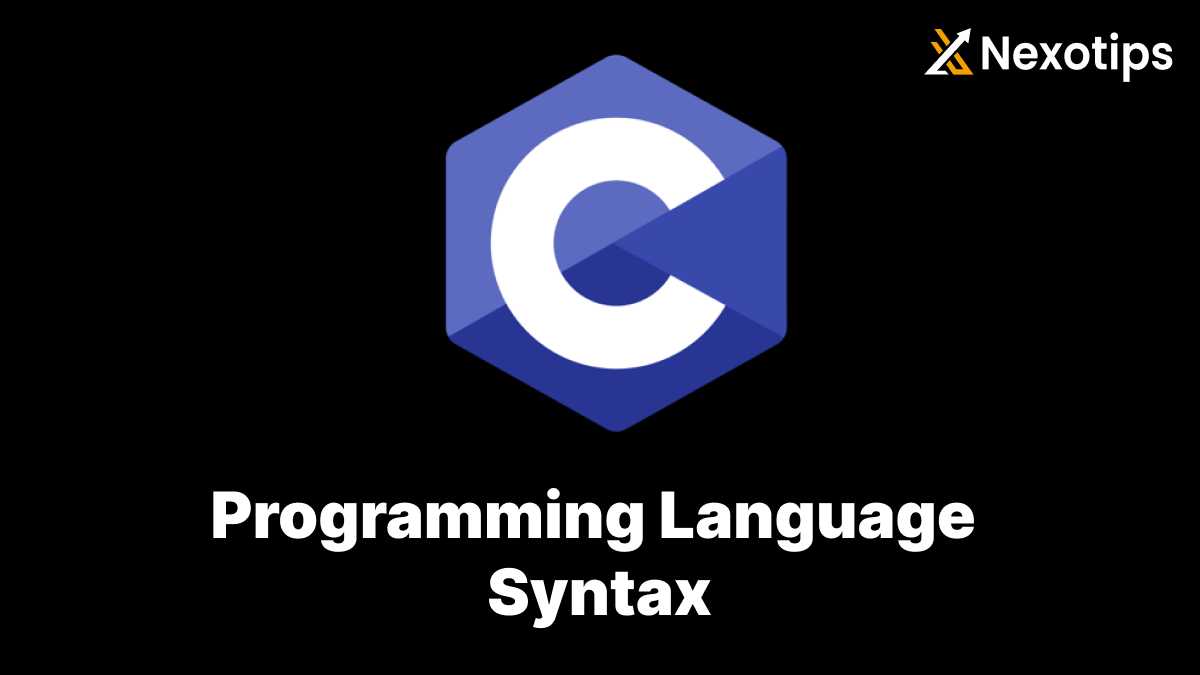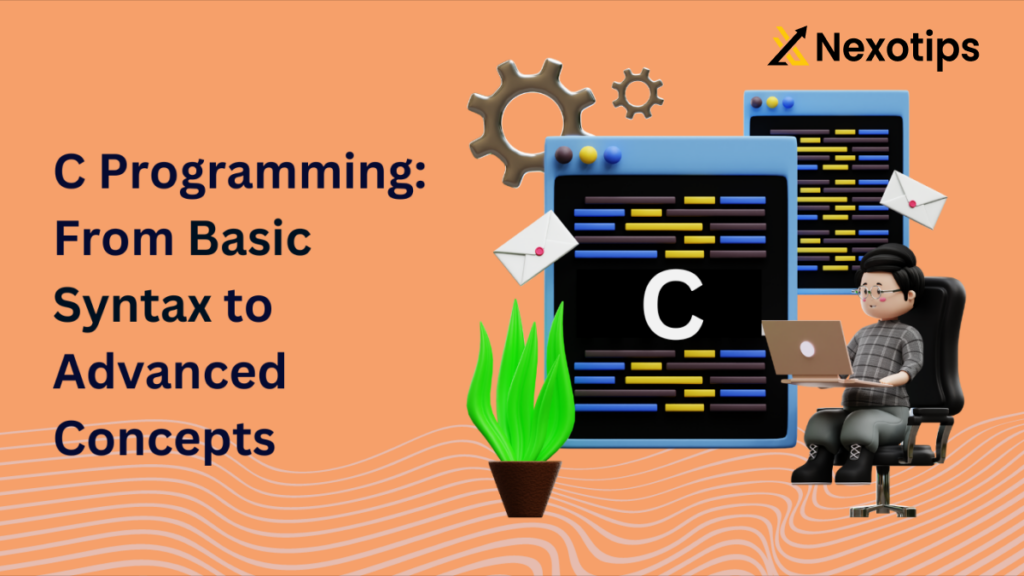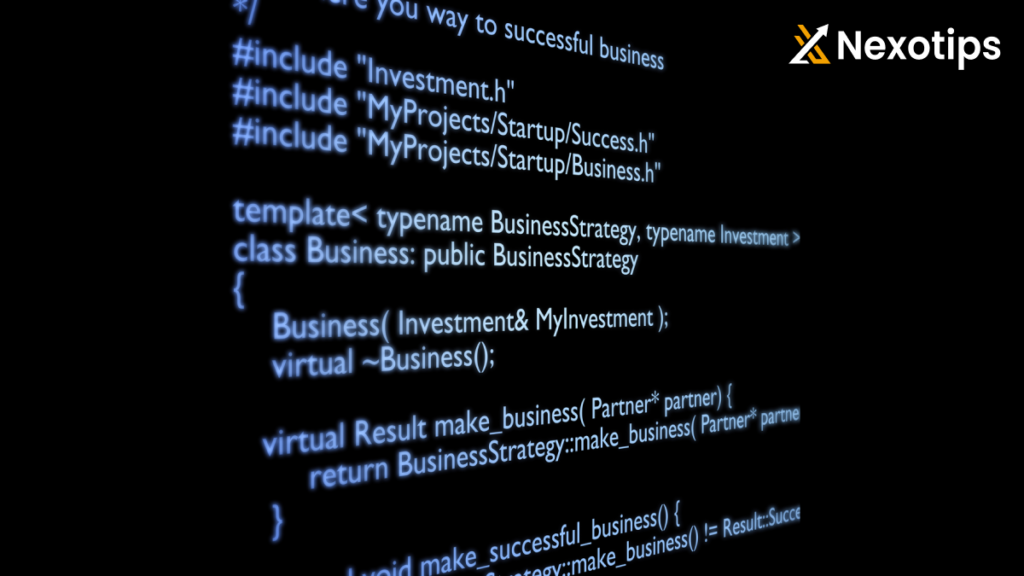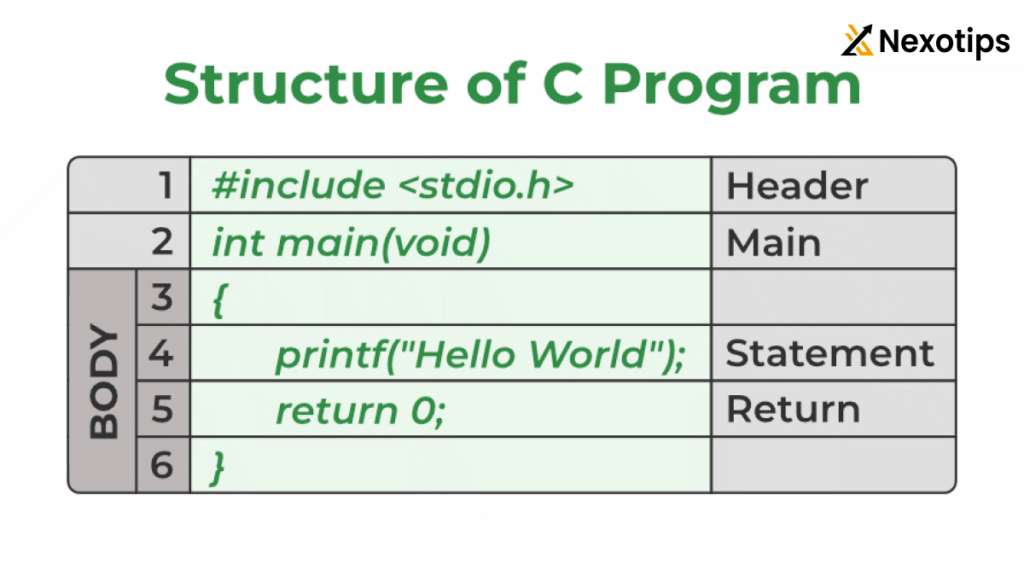
Syntax in the C Programming Language: Understanding the Basics
The C programming language is a fundamental and versatile language that has been widely used for decades. Its simplicity and ease of learning make it an excellent entry point for beginners, while its efficiency and performance make it a popular choice for system-level programming and the development of operating systems. In this blog, we will delve into the syntax and basics of the C programming language, covering the essential elements and rules that govern its structure.

Basic Syntax
The syntax of the C programming language is crucial to understand, as it provides the foundation for writing effective and efficient programs. The basic syntax of C consists of several elements, including header files, the main function, and program code.
Header Files
Header files are a crucial part of the C programming language. They contain a collection of predefined functions that can be used to perform specific tasks. These functions are embedded in the C library and are accessed using the preprocessor directive #include. Header files are used to include the necessary functions and definitions required by a program.
For example, the stdio.h header file includes functions for input/output operations, such as printf() and scanf(). Similarly, the conio.h header file includes functions for console input/output operations.
Main Function
The main function is the entry point of a C program. It is where the program execution begins. The main function is declared using the int main() syntax and returns an integer value. The main function is responsible for executing the program’s logic and returning a value indicating the program’s success or failure.
Program Code
The program code is the body of the main function where the actual logic of the program is written. This includes variables, control structures, functions, and other elements that make up the program’s functionality.

Tokens in C
A C program consists of a series of tokens, which are the smallest units of a program that convey a specific meaning to the compiler. Tokens can be identifiers, variables, symbols, or keywords. Identifiers are used to identify variables, functions, and labels, while variables are used to store values. Symbols are used to represent operators, such as addition and subtraction, and keywords are reserved words that have specific meanings in the language.
Importance of Preprocessors
Preprocessors play a crucial role in the C programming language. They are used to include header files, define macros, and perform conditional compilation. The #include directive is used to include header files, while the #define directive is used to define macros.
Conditional Operator
The conditional operator is a powerful tool in the C programming language. It is used to evaluate a condition and return one of two values based on the condition’s outcome. value1 : value2.
Arranging Code for Desired Output
The arrangement of code in a program is critical to achieving the desired output. The order in which statements are written can affect the program’s behavior and output. For example, the order of variable declarations and assignments can impact the program’s execution.
FAQs
Why is C a Popular Programming Language?
C is a popular programming language due to its simplicity, ease of learning, and efficiency. It is widely used for system-level programming, embedded systems, and the development of operating systems.
What are the Key Features of C?
The key features of C include its procedural programming paradigm, static system, and support for structured programming, recursion, and lexical variable scoping.
Why is C Used for System Programming?
C is used for system programming due to its ability to provide low-level control over a computer’s hardware and memory. It is well-suited for developing operating systems, device drivers, and other system-level software.
What are the Benefits of Practicing C Programming Examples?
Practicing C programming examples offers several benefits, including improved coding skills, enhanced problem-solving abilities, and increased confidence in programming. It also helps in understanding the language’s syntax and basics.
Additional Resources
- C Programming Examples: For beginners, practicing C programming examples is an excellent way to improve coding skills and understand the language’s syntax and basics.
- C Tutorial: A comprehensive C tutorial can help in mastering the language’s basics and advanced concepts.
- C Course: Enrolling in a C course can provide structured learning and hands-on practice in programming.

Conclusion
In conclusion, the C programming language is a fundamental and versatile language that has been widely used for decades. Its syntax and basics are essential to understand, as they provide the foundation for writing effective and efficient programs. By mastering the elements and rules of the C programming language, programmers can create robust and reliable applications that meet the needs of various industries and applications.
Other’s: C Programming Language: An Extensive Introduction
